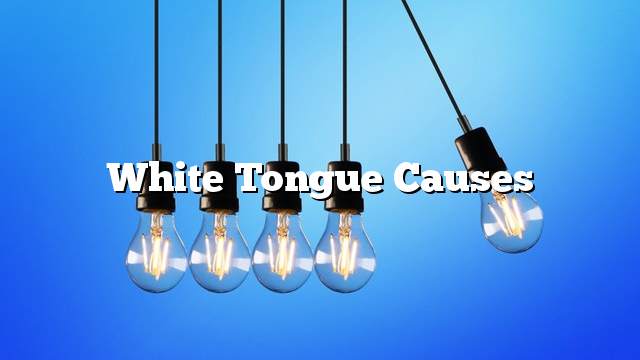The tongue is in the human body and is a muscular organ in the mouth. Its surface encapsulates a mucous membrane. It has small lymph nodes. There are nerve endings in the extremities that perform the function of taste. The surface of the tongue is wet and wet with saliva.
The color of natural healthy tongue (tends to red), and if the human noticed a change in color, meaning that he has a specific disease caused the color difference in his tongue.
We may see that the color of the tongue is pale pale; this indicates an injury to anemia (anemia), or may be infected with parasites in the intestines with worms.
If the tongue becomes yellowish, especially on the extremities, it is an indication that the person is suffering from jaundice, liver or gallbladder, or has an increase in the proportion of bile in his blood.
If the color of the tongue becomes brown or dark yellow, this indicates a high risk of smoking or a polypox.
If the person notices that his tongue is blue, it indicates that he has heart disease, a congenital heart defect, or he may have respiratory diseases. If the tongue turns white, the person is suffering from dehydration. , Or may be the cause because the person is fasting, or may be the cause of white color of diseases and problems in the digestive system.
These small incisions, which cover the natural tongue when exposed to inflammation, collect bacteria and dead cells above the tongue, all result in the formation of that white layer on the tongue. This is caused by either a drought, a particularly dry throat, a high temperature, excessive drinking, or a person who may smoke.
There are other reasons for the white spots on the tongue. These spots may be the result of side effects of medication, or the tongue may be a type of inflammation that covers the entire tongue like a map. Or these spots may be cancerous starts (talwa). Or may have a chronic skin disease (oral flat lichen).
